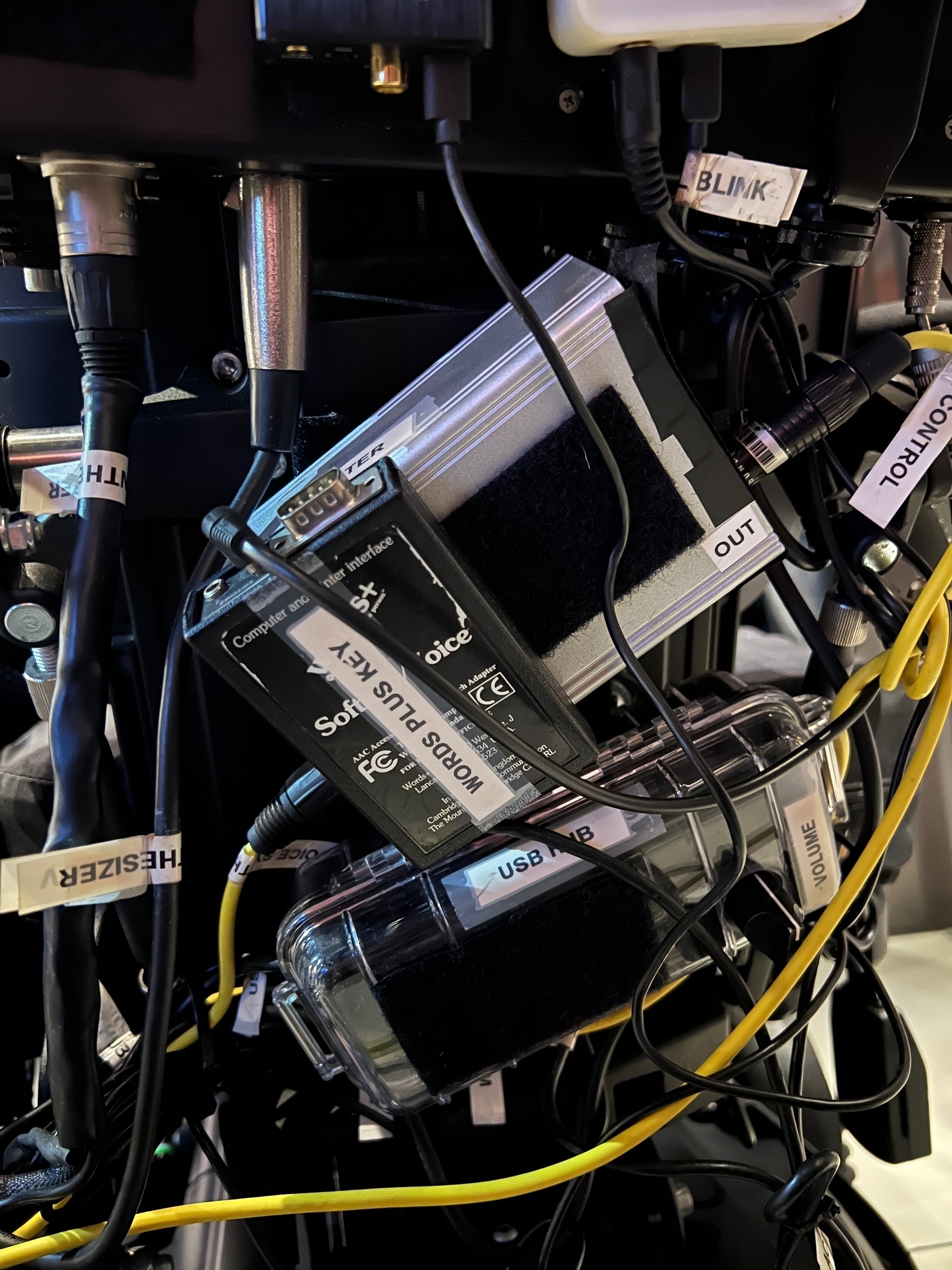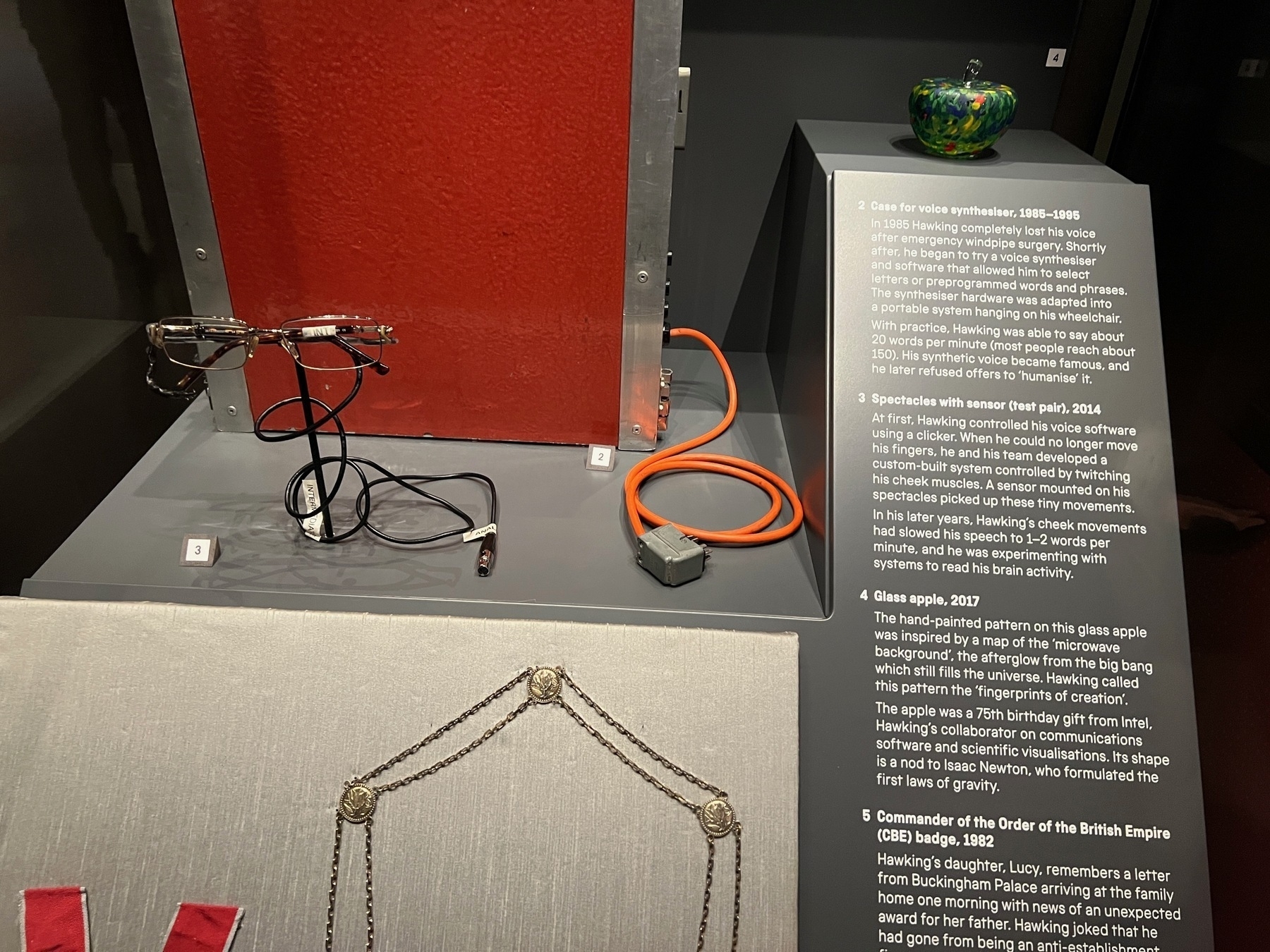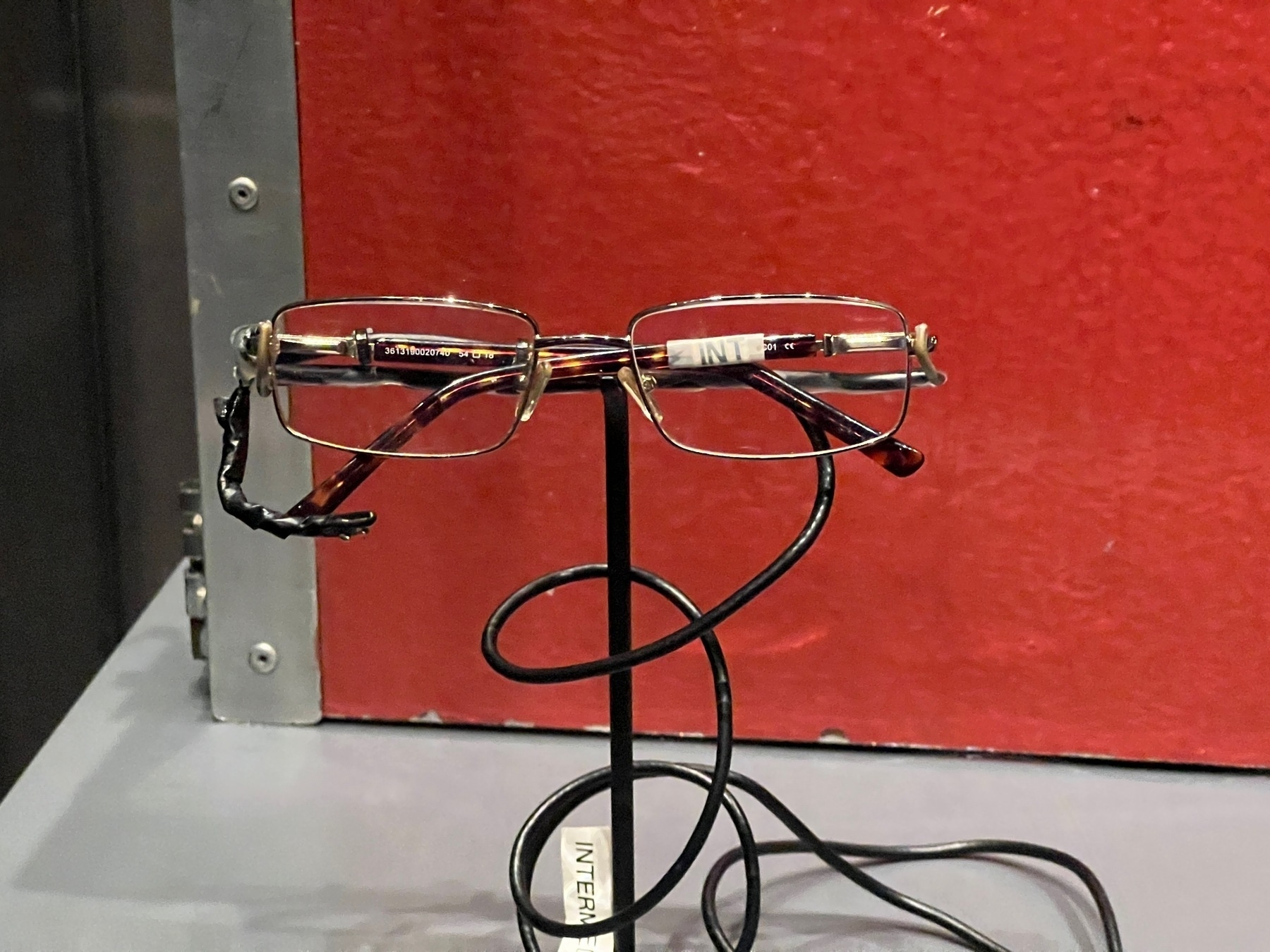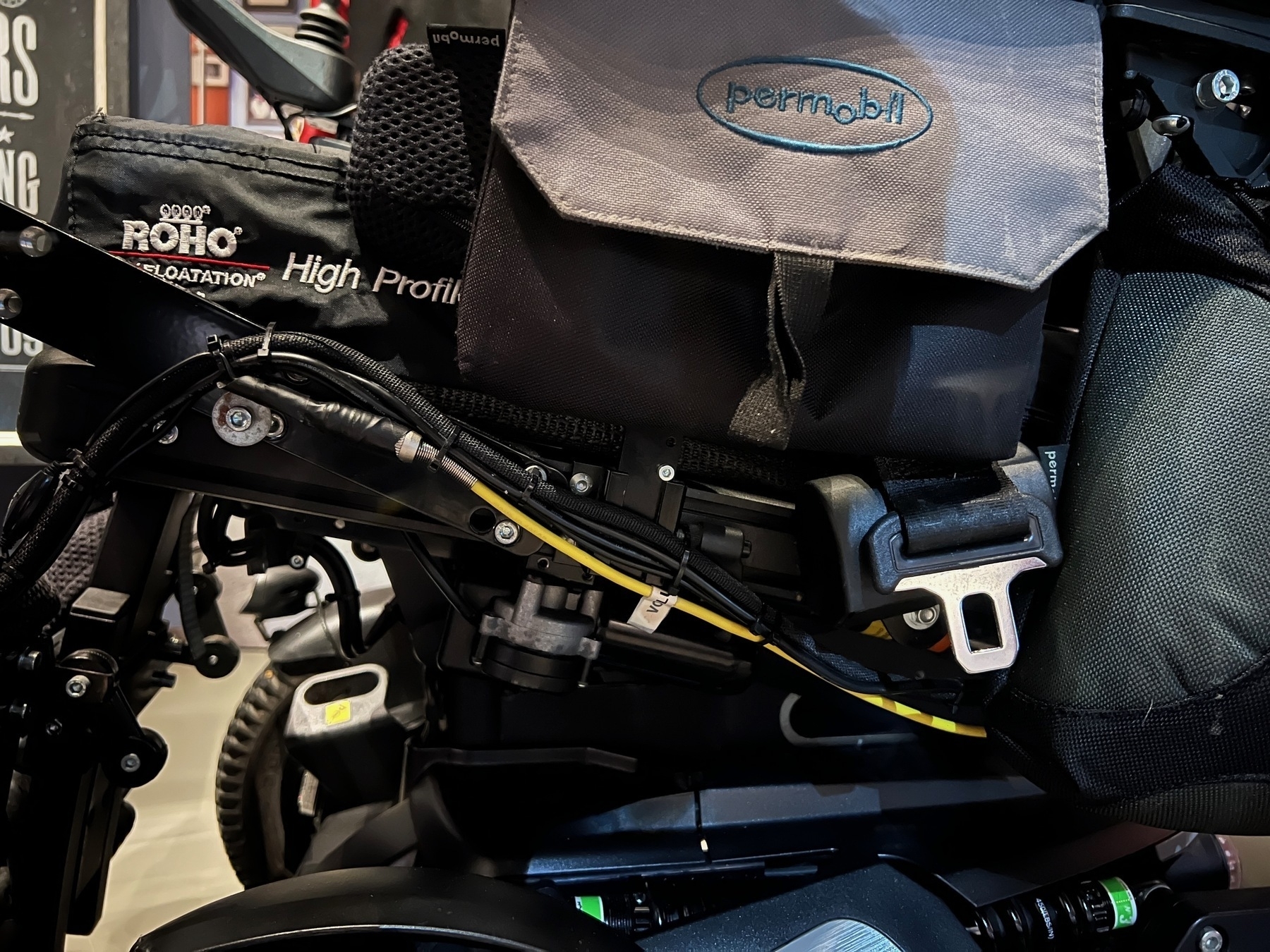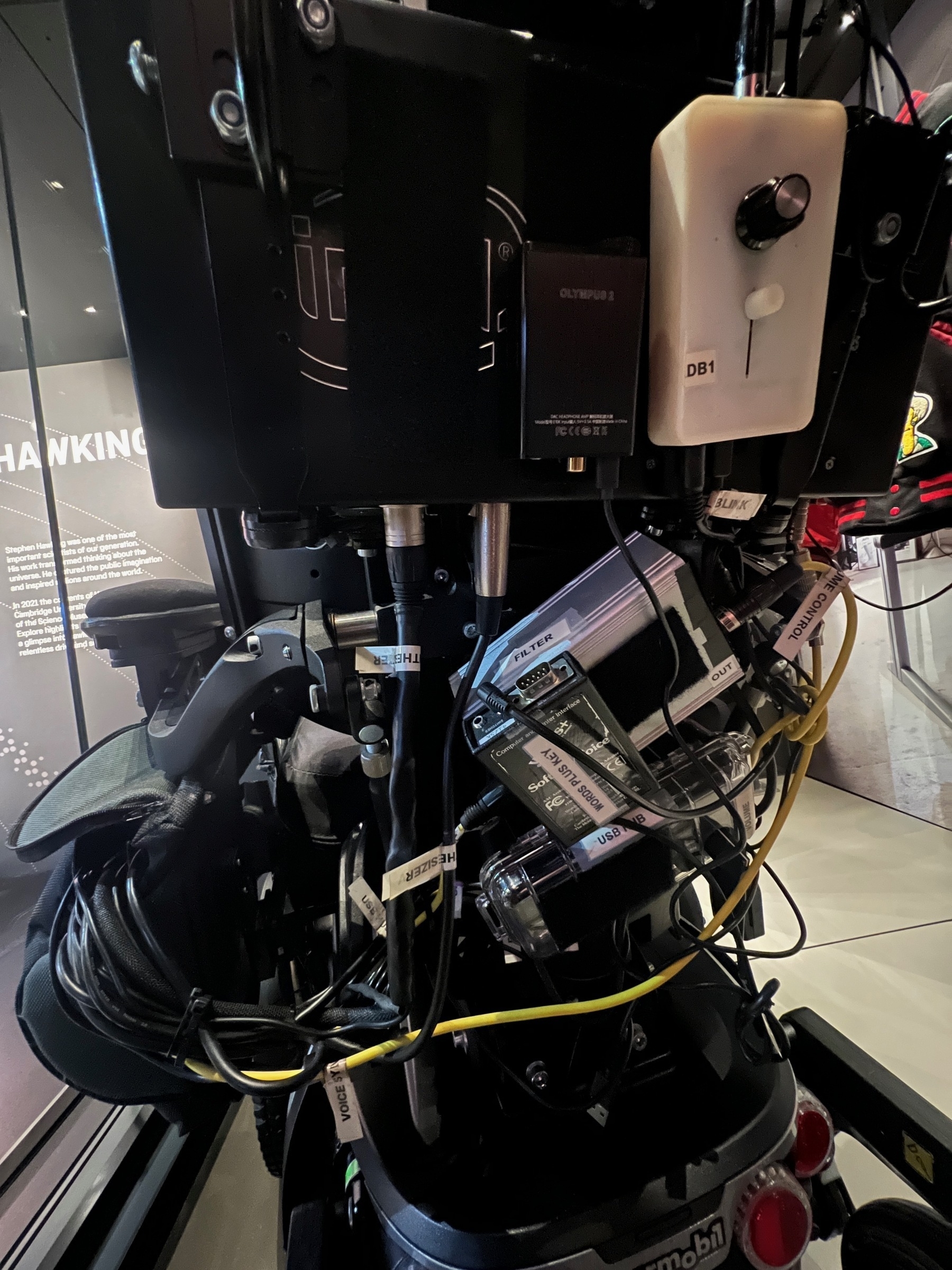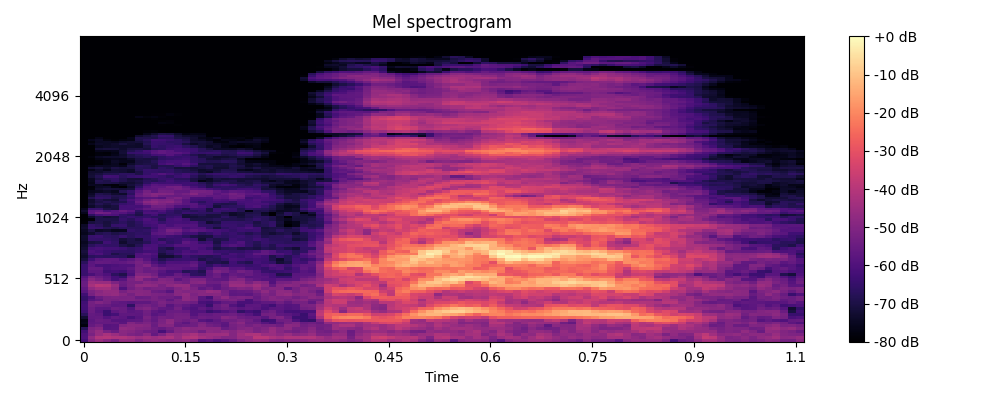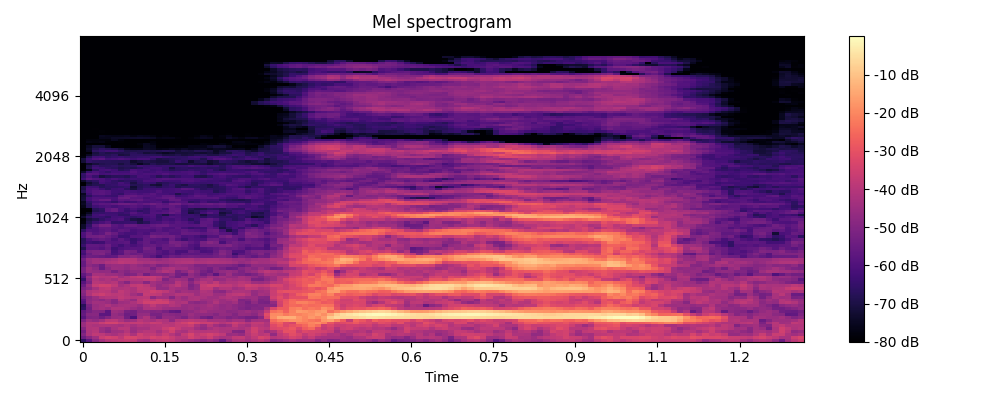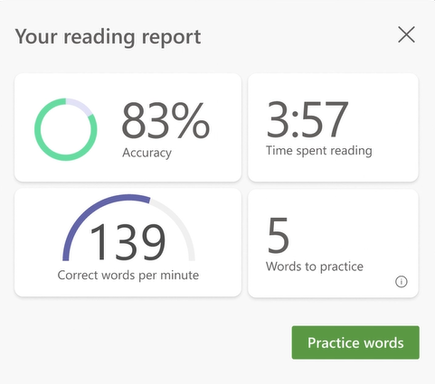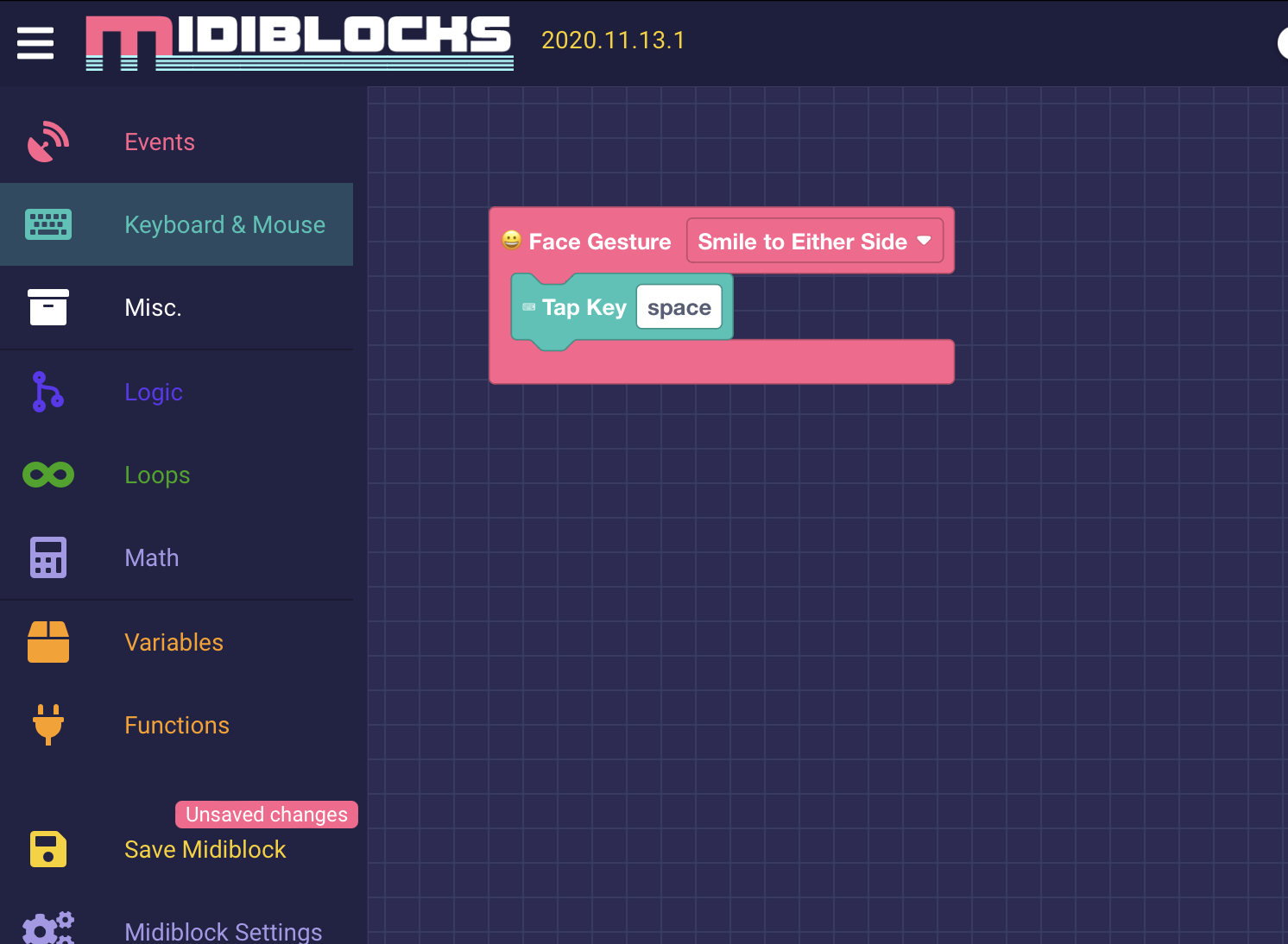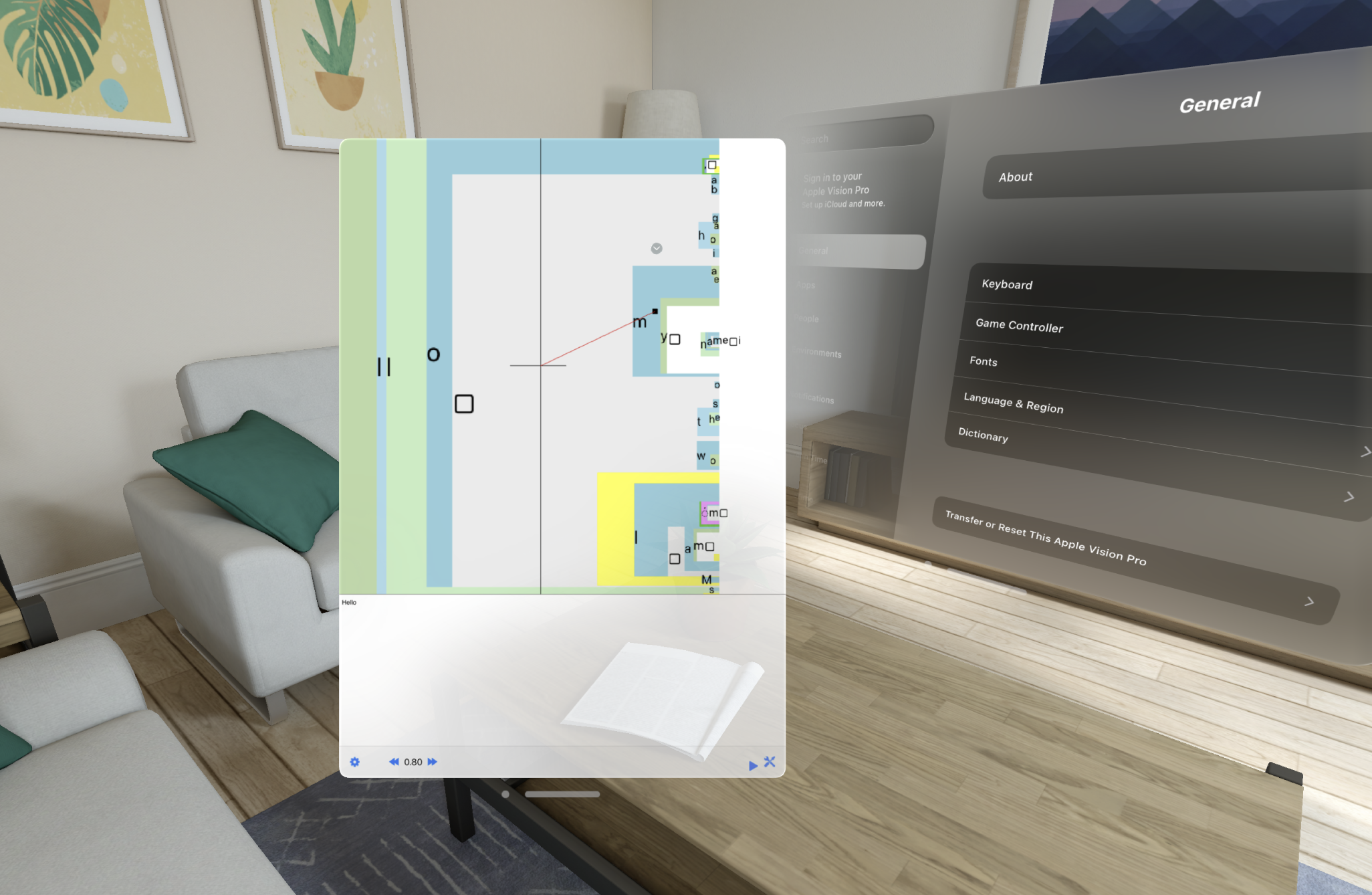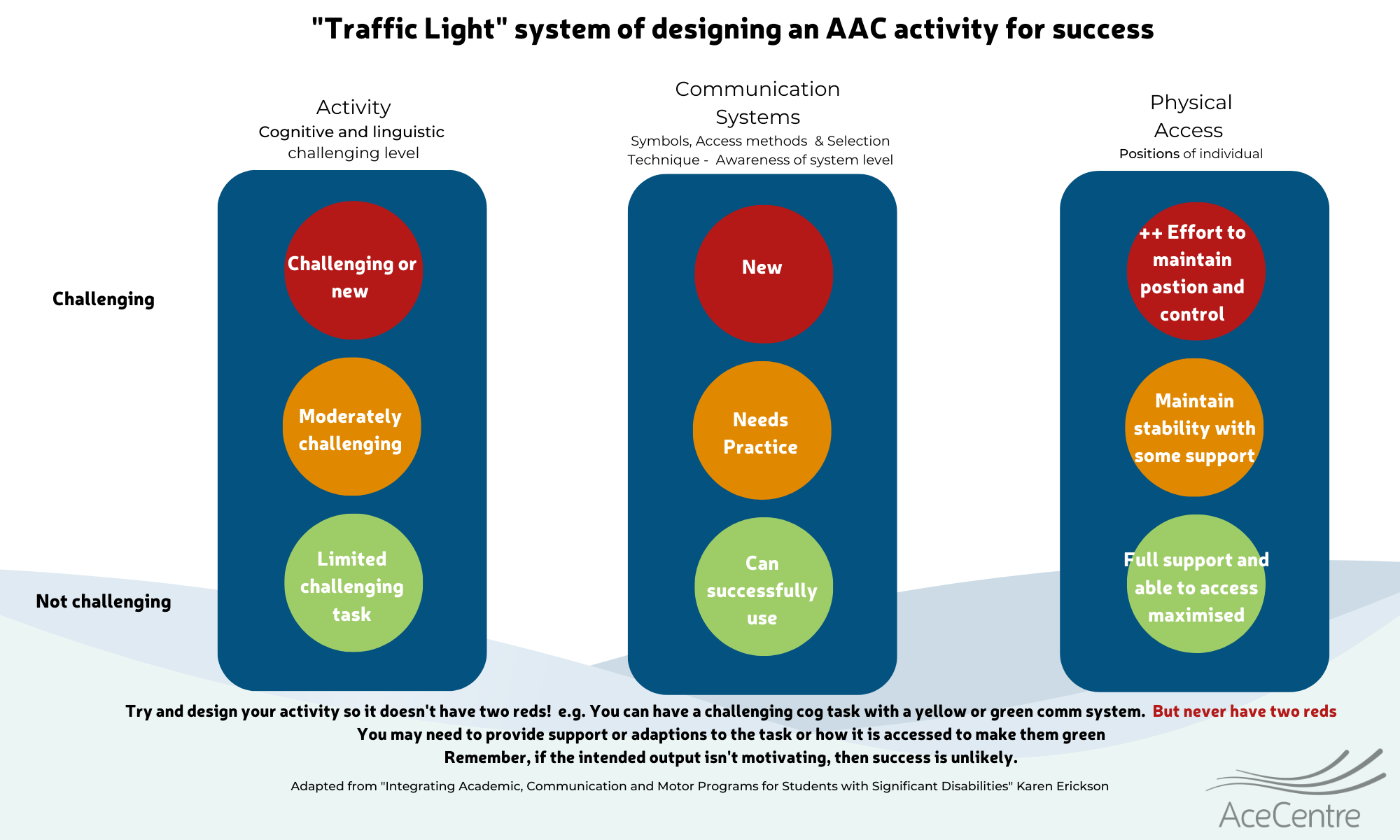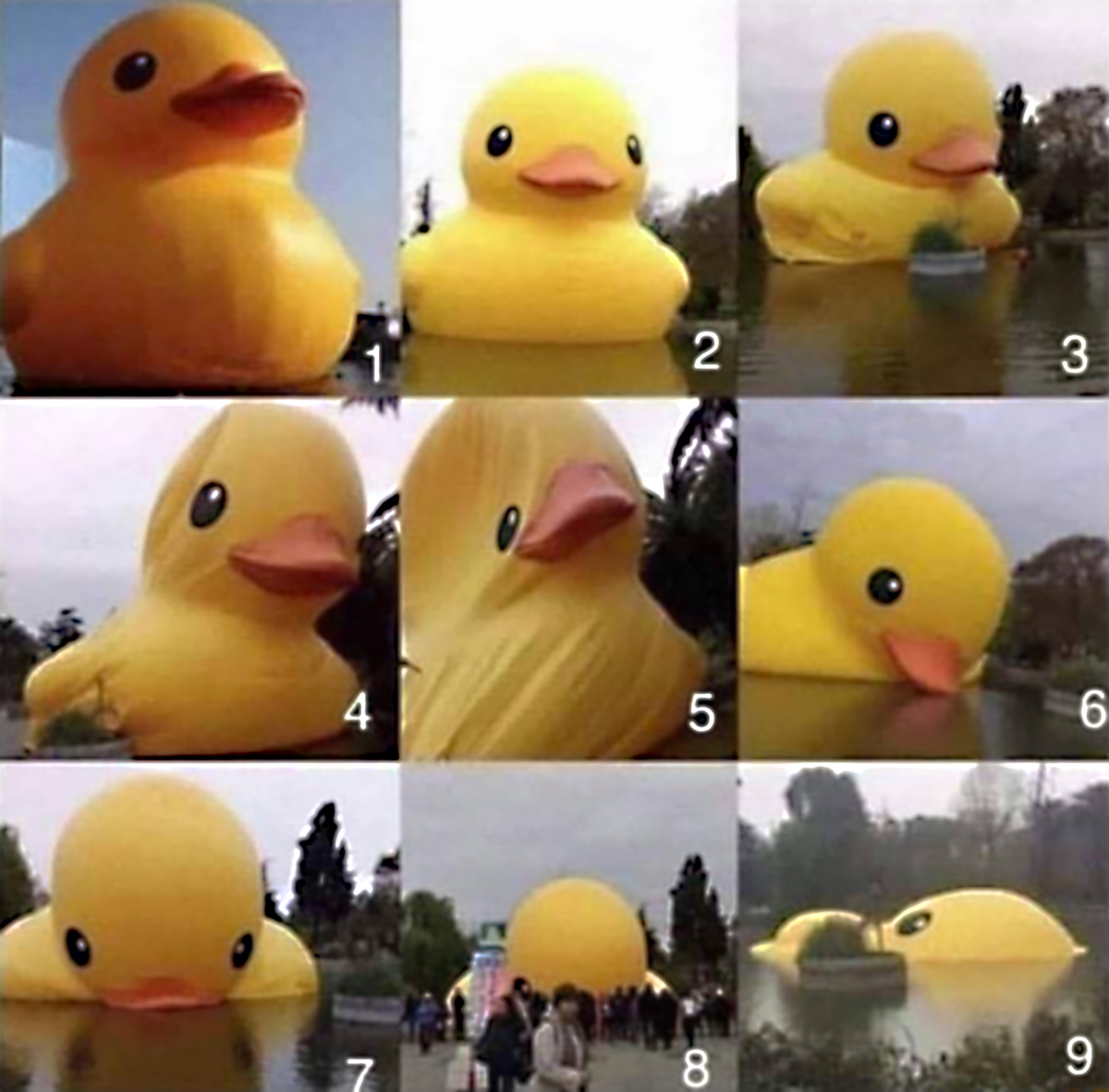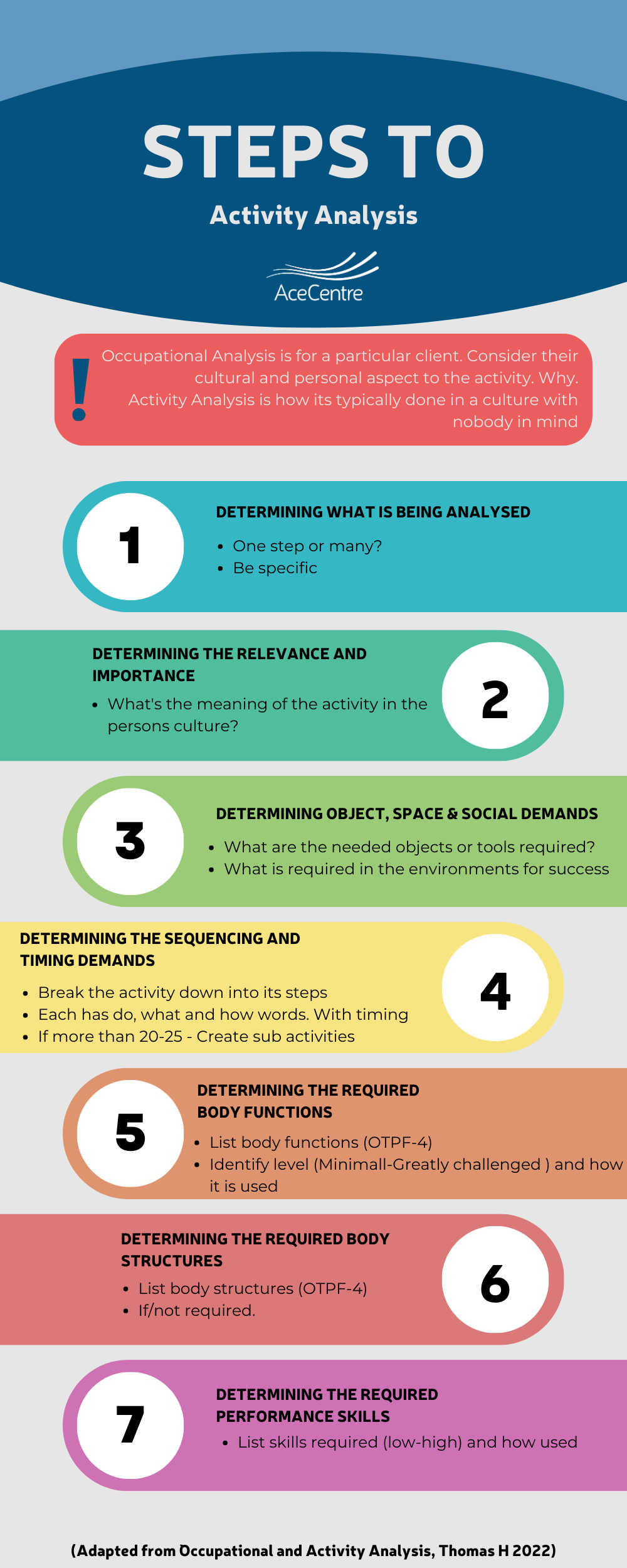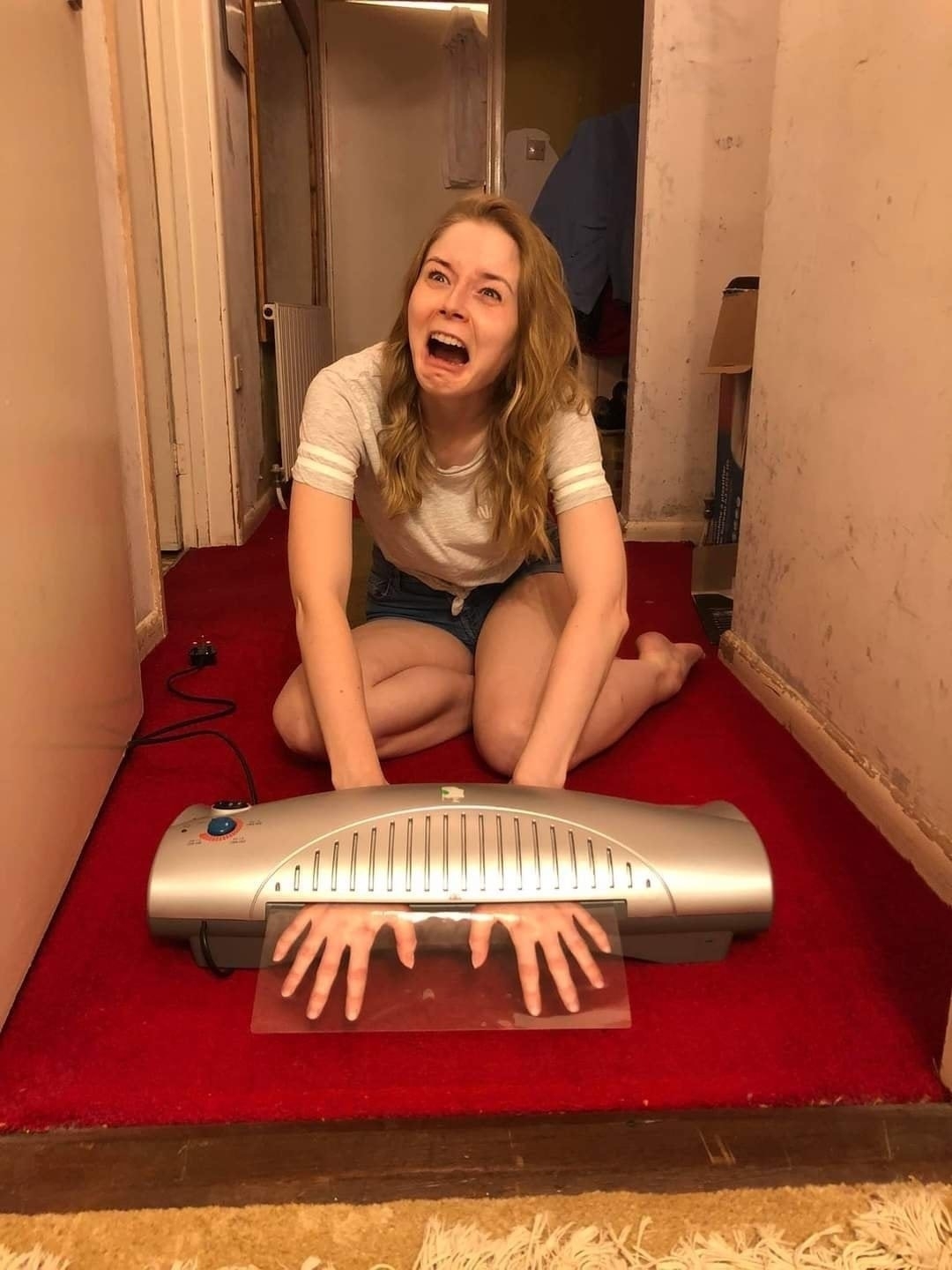Stephen Hawking's AAC setup in closeup
At MOSI in Manchester today, I saw Stephen Hawking’s Chair and other neat things from his office in Cambridge. Note the spaghetti of cables. It’s tricky to figure out where all the leads go, but I’ll give it a wild guess. The plugs look like either mini XLR or the old PS2 Serial leads. Some questions, though; I’m unsure what the “Filter” box fits to and why is the Words+ box even used? I thought the connection with Intel meant he was using ACAT. Why is that Words+ Softkey box the parallel version when there is clearly a lot of USB kicking about, too? Why are we plugging into something behind the chair when surely the tablet has the speakers anyway? There are as many questions than answers.
- Words+ Archive page (This is the USB version of the softkey box)
- Case for Original Synthesiser made by David Mason at Cambridge Adaptive
- Chair details
